|
11/24/2020 0 Comments What's the behavior you want?When you are dealing with problem behaviors, there are two main directions you can go in, two paths to changing the behavior. Just like with kids, we can tell our dogs NO all the time, but it's exhausting. And it can be an uphill battle. So let's explore the two paths... Path A: Stop the problem behavior. Remove attention, remove access, give consequences (never physical). Tell your dog NO, don't do that. Stop running away. Stop begging. Stop jumping. Essentially, you have to wait for the behavior to happen so you can tell your dog not to do it. Or... Path B: Teach your dog a skill that is incompatible with the problem behavior. Your dog takes off with socks? Teach him to bring it. He can't run away with an item and bring you an item at the same time Your dog begs at the table? Teach him to stay on his bed. He can't beg and be in his bed at the same time Your dog runs away when you are trying to get him to come? Teach him to target your hand (touch your hand with his nose). He can't run away from you and offer that behavior at the same time What problem behavior are you dealing with? What could you intentionally teach your dog to replace that behavior? So Path A or Path B. It's your choice but I know what I would prefer! If you need help learning HOW to teach those replacement behaviors, that's exactly what my Elementary Pup Course in the Canine Homeschooler Academy teaches you
0 Comments
Imagine this...
Someone knocks. Your dog takes that as a cue to run to his bed and lie down. You can then open the door, let the person in, get settled, and release your dog to say hello Guess what? It is possible but it takes time. If you break that whole sequence down into small pieces, it's very do-able. 11/10/2020 0 Comments My favorite training toolDo you know what my favorite training tool is? I'll give you a few hints...
One tool that does all those things must be pretty expensive and special right? 11/6/2020 0 Comments An Evening Management WinYou know how you get to the end of the day and you just want to put your feet up?
Maybe even enjoy a glass of wine. Drown in a little tv...but as soon as you sit down, your dog is ready to go...
Yup, me too. Willow is notorious for it. The picture above doesn't happen until long after I'm ready for it. Willow's trigger for needing to go outside and pacing or needing to bring me a toy or needing needing needing...is me sitting down. You know what? I have kids. I'm virtually schooling. I'm creating content, answering emails, taking videos, posting on social media, keeping the house somewhat tidy, feeding everyone, throwing the ball, doing the dishes, doing the laundry... must I go on? So at the end of the day, I like to put my feet up - watch a little TV and maybe enjoy a glass of wine. Do I want to play with Willow at that point? No, not so much. Do I want to cuddle with her? Sure. But she's not ready for that. She hasn't settled. So we started a routine. I shared it on Facebook a couple of nights ago and it was appreciated by many so I thought I would share it here too! Whether you have a puppy, a teenager, or an adult dog playing the game of keep-away with what he found, you have two choices in the momentYou could jump on Path A: Catch your dog, take the item, and put it away or throw it away
or... You could jump on Path B: Grab a treat, offer it to your dog in exchange for what he stole, and then take the item Where does Path A take you? Where does Path B take you? They go in two very different directions! 11/4/2020 0 Comments The 3 Reasons Why Dogs JumpWhy does your dog jump? Before you can do anything about it, you need to know why it happensEvery behavior has a function with dogs. In the case of jumping, let’s look at what those functions might be so you can look at your own dog and breakdown which one(s) are most likely at play. Function #1: For attention Function #2: It feels good - It provides a Dopamine boost Function #3: To access to a resource In social animals, our attention plays an enormous role in our dog's behavior. They are often either trying to get closer to or further away from us. They are trying to increase or decrease distance. Attention seeking behaviors are distance-decreasing, by nature. There was a study done in 2012 (Dorey & al., 20128(11) that showed that dogs significantly decreased their jumping when access to what they wanted was not available for at least 20 seconds after jumping. Function #1: Attention SeekingWith attention-seeking dogs, they learn to jump when they realize that our eyes, face and hands (the things that give them the attention they want) are up above them. This starts at a young age when they tend to get reinforced for it more often because they’re little, and cute, and relatively harmless. Then they grow, and grow, and grow. Pretty soon, they’re still cute but a little less harmless when they jump! But while we changed the rules, we didn’t make that clear to them. We continue to reinforce the jumping, usually unconsciously.
10/31/2020 0 Comments Reasons why your dog keeps jumpingBoing, Boing, Boing! 🤦♀️ Does that describe your dog?
I hear it all the time. My dog won't stop jumping on me when I walk in the door. My dog gets so excited to see people and jumps all over them. My dog started stealing things off the counter now that he's big enough. I feel like I'm constantly pushing my dog off of me. While it's not a new problem for me to hear about, when you're in it, it can feel very overwhelming, embarrassing, and like you somehow created this problem... 10/28/2020 0 Comments Uncomplicate the behavior
What do Lego bricks have to do with dog training?
You can take a big behavior that you want to work on and pretend like it's a Lego creation. Within your giant Lego creation, you can take this really big behavior and if you just teach the little pieces, you're soon able to put that big behavior back together again. It's really solid because it has a really nice foundation to it.
I started my business in 2008 but what I do now looks very different from what I did back then. Now, I have two kids, ages 6 and 8, and since having them I moved from teaching group classes (in the evenings and on weekends) to focusing on one-on-one training. Prior to the Pandemic, I would travel from home to home while they were in school. I would work directly with clients and I had also developed a program where I could do much of the training with the dog while people were at work.
9/4/2020 0 Comments The perfect dog
You know those days when your dog responds as soon as you call him, lays on his bed while you eat a meal, joins you on a leisurely walk around the neighborhood, hangs out in the sunshine while the kids run around the yard, lays at your feet when you work, and cuddles up with you on the couch at the end of the day?
Virtually raise your hand if you often have those days!
...

...Cue the crickets...
Yea, me either. No, really. And here's why.
Training your dog isn't about hitting a button and getting an auto-response. Training your dog is about teaching. It's about teaching them your expectations, teaching them to trust, teaching them how to respond to a cue, teaching them how to play appropriately, teaching them how to take some down time, teaching them how to handle their emotions.
One of the questions I hear most often is ...
My dog knows how to BLANK (insert the important skill) so why doesn't he listen? Why does he keep ignoring me? Do I have to use treats forever to get him to do what I want?
|
|
- Home
- About
- Blog
- Services
- Membership
-
Courses & Freebies
- All Courses
- FREE Boredom Buster Recipes
- COURSE: Building Resilience in your Family Dog
- COURSE: Managing the Leash Walk
- Potty Training COURSE
- Paws Off COURSE
- COURSE: Managing the Leash Walk
- FREE Attention Building Challenge
- FREE Scratchboard Training
- FREE Rest and Recovery Round-Up
- FREE Body Language 101
- Contact
- Home
- About
- Blog
- Services
- Membership
-
Courses & Freebies
- All Courses
- FREE Boredom Buster Recipes
- COURSE: Building Resilience in your Family Dog
- COURSE: Managing the Leash Walk
- Potty Training COURSE
- Paws Off COURSE
- COURSE: Managing the Leash Walk
- FREE Attention Building Challenge
- FREE Scratchboard Training
- FREE Rest and Recovery Round-Up
- FREE Body Language 101
- Contact
Search by typing & pressing enter
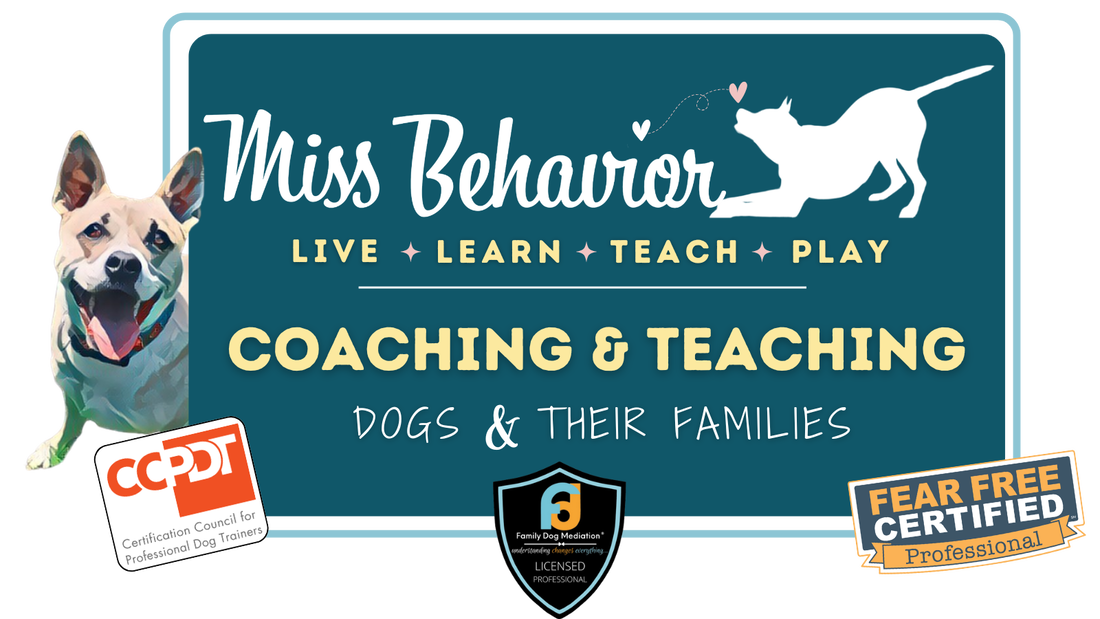






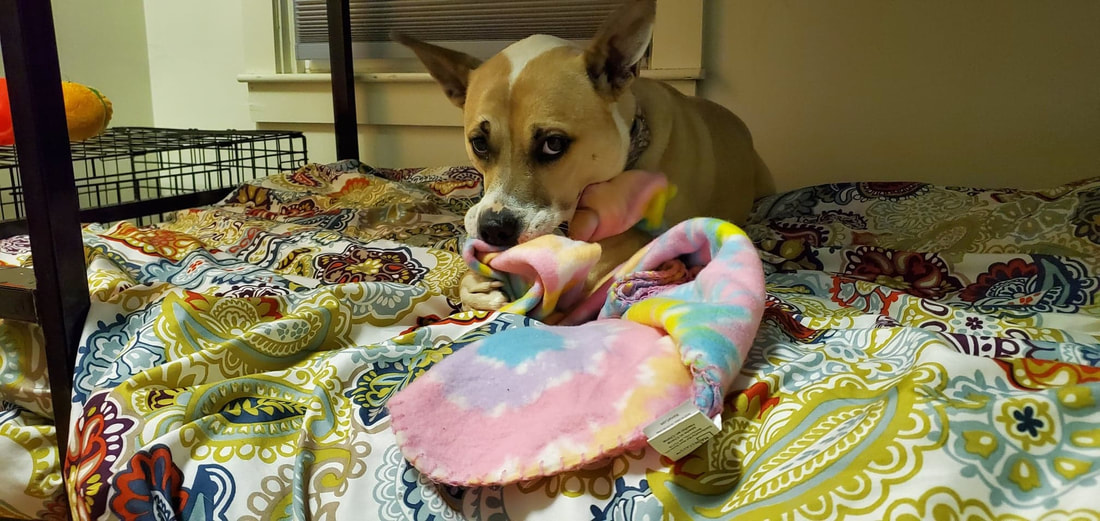
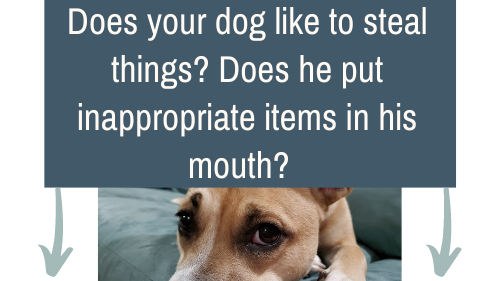

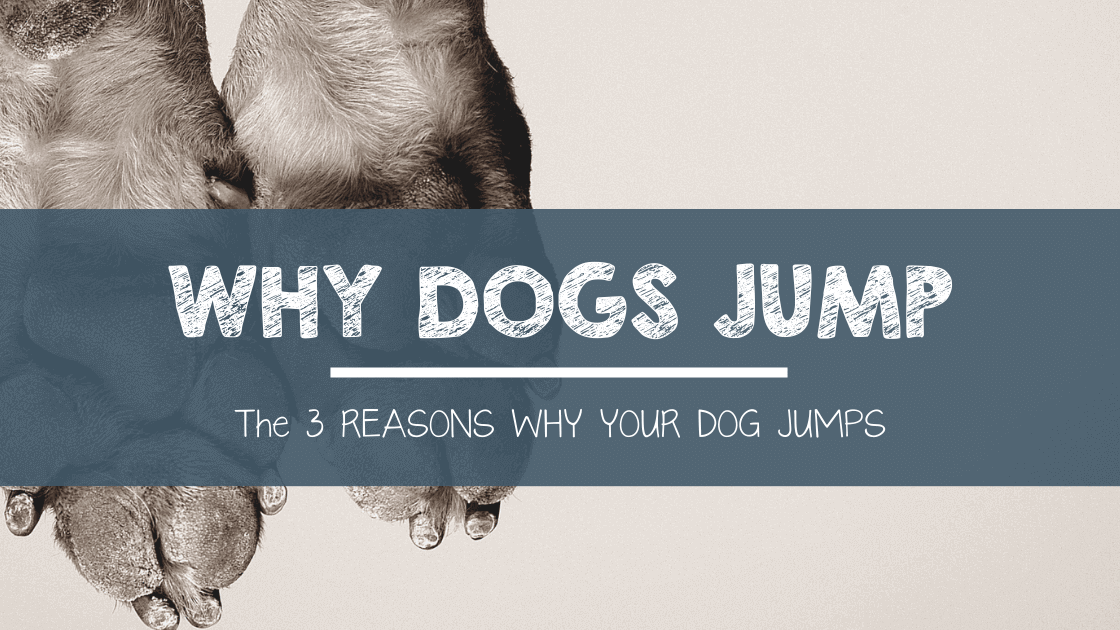

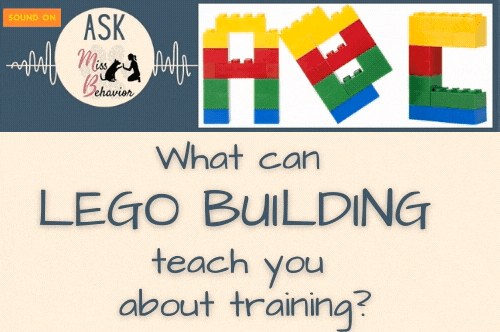



 RSS Feed
RSS Feed





